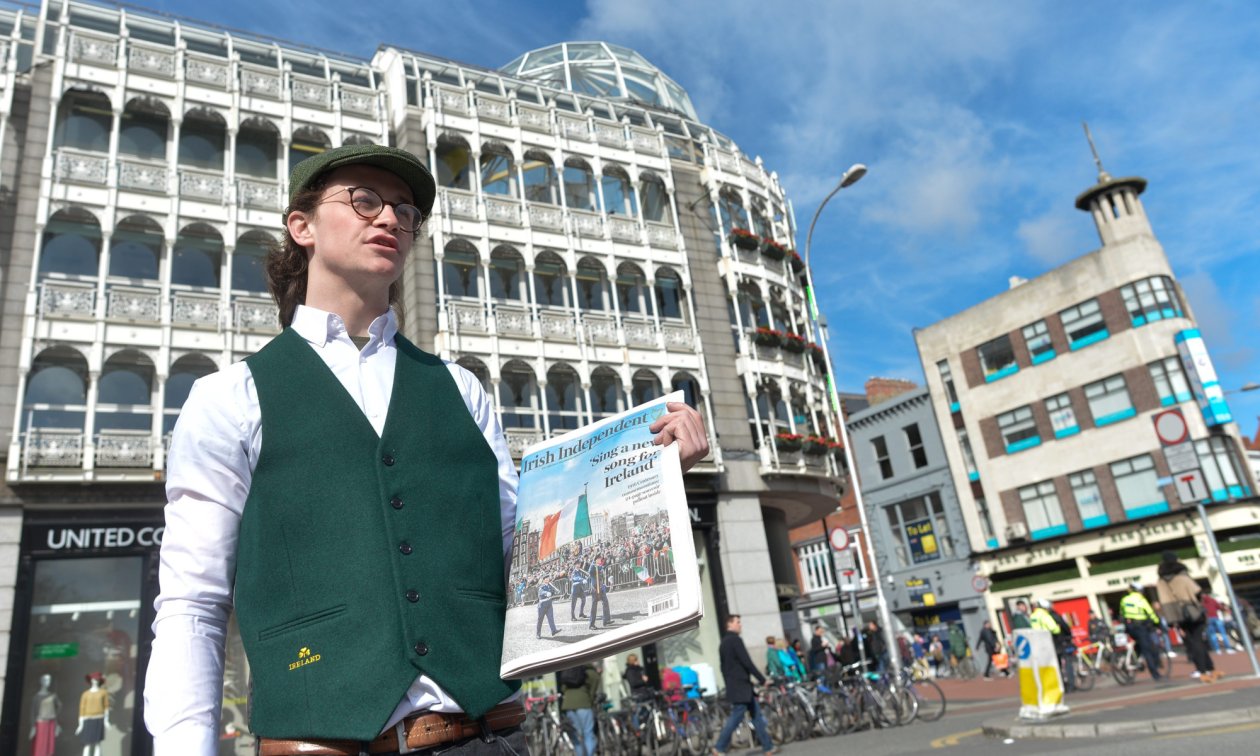Concentration of media ownership is high in the Republic of Ireland, particularly in the print sector. Almost half of the market for the daily and Sunday newspapers has been in the hands of the Belgian media group Mediahuis since it took over the Independent News and Media Group (INM) in July 2019, including INM’s flagship publication and the country’s most widely read daily newspaper, The Irish Independent.







